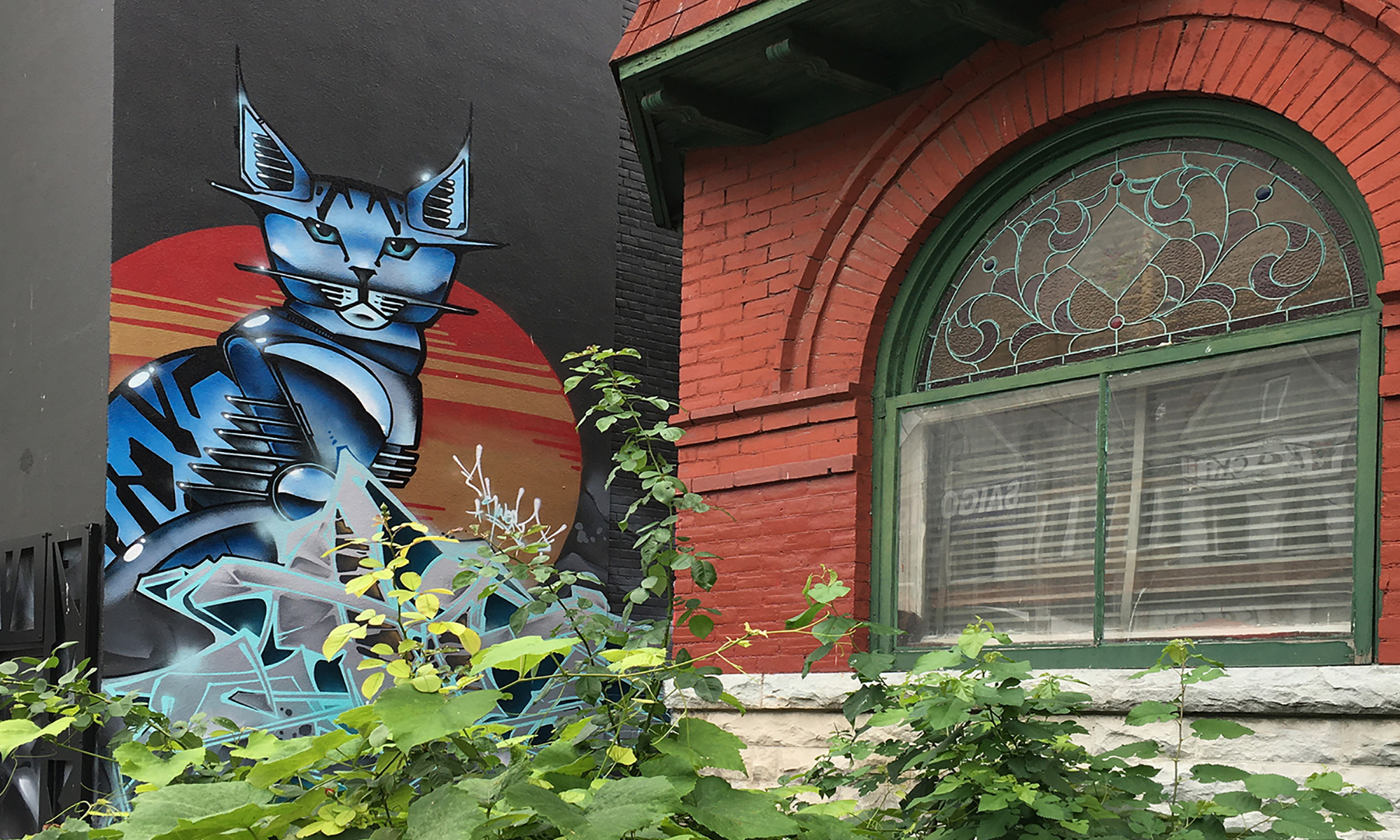The Catholic Church, educational institutions, social organizations, and political networks were significant pillars of the Portuguese community. In 1955, an American Franciscan father held the first Portuguese language services at St. Michael’s Cathedral.[1] Later, the church moved from St. Michaels Cathedral to St. Elizabeth’s Church on the corner of Spadina Avenue and Dundas Street West.[2] Furthermore, in 1962, the Portuguese Canadian Club created the first Portuguese supplementary school, Escola Mista Oficial de Português de Toronto, located at the current Ryerson Public School site.[3] A second, privately operated school system offered the first four years of the Portuguese curriculum at three public schools after their regular school hours.[4] In addition, social organizations included St. Christopher House and the Portuguese Consulate.[5] In the early 1950s, St. Christopher House was the only agency to offer the Portuguese social services, particularly English classes and an on-site day care.[6] In 1956, the Portuguese Consulate opened to provide immigration services.[7] Moreover, in 1959, civically minded Portuguese immigrants were prompted by Portuguese newspapers to create Portuguese-Canadian democratic organizations in protest against the Salazar regime in Portugal.[8] The Portuguese community’s increasing institutionalization contributed to their social and cultural cohesiveness.
[clearing]
[1] Grace Anderson and David Higgs, A Future to Inherit: Portuguese Communities of Canada, (Toronto: McClelland and Stewart Limited, 1976), 144.
[2] Marques and Medeiros, Portuguese Immigrants, 138.
[3] Anderson and Higgs, A Future to Inherit, 139.
[4] Ibid, 139.
[5] Marques and Medeiros, Portuguese Immigrants, 137.
[6] Ibid, 137.
[7] Ibid, 137.
[8] Anderson and Higgs, A Future to Inherit, 171.
